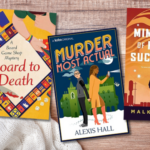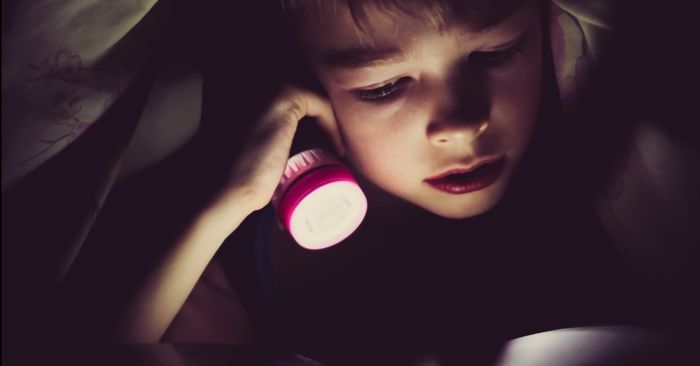
Scary Books That Doomed Millennials as Kids
Imagine if you will: a young child, huddled under a cartoon bedspread, up way past their bedtime. A flashlight skitters from left to right as they frantically turn pages. They are too scared to sleep, too thrilled to stop. If you recognize this scene, then you might’ve read one of these scary books that doomed millennials as kids.
Children’s entertainment has historically never shied away from the horrific. Think of the Grimm Brother’s fairy tales, or more recently, the truly nightmarish 1982 Rankin-Bass masterpiece The Last Unicorn. The 1980s and 1990s saw the publication of some true giants in children’s horror. All of those ’80s and ’90s babies had to grow up, and our macabre childhood reading influences our current taste.
Though it never really went away, true crime has had a massive renaissance in the past few years, in part due to the popularity of podcasts. From the soothing voices of the Criminal and Generation Why hosts, to the irreverent humor that make My Favorite Murder and Wine & Crime feel like you’re gabbing with your darkest (and funniest) friends, true crime podcasts are truly experiencing a golden age.
Any Murderino (fan of My Favorite Murder) can tell you the case that turned them into a true crime lover, but for many of us, it began earlier than that. I conducted an informal poll with some of my fellow true crime bookworms to uncover the shared traumatic memories of the early books that scared the pants off of us. Before we knew about Ted Bundy or JonBenet Ramsey, we were under the covers with a flashlight, reading these books.
A quick note about diversity: during the time period in which these books were published and promoted, only 6.8% of children’s and YA books published were by non-white authors, and even fewer received anything close to the marketing dollars these books did. The true crime genre still woefully underrepresents diverse voices. If you want to champion diverse voices while scratching a spooky itch, you can find recommendations here, here, and here.
 Scary Stories to Tell in the Dark by Alvin Schwartz
Scary Stories to Tell in the Dark by Alvin Schwartz
This series is the ultimate in scary books for kids. I attended no fewer than four different elementary schools, and it was on the bookshelf of nearly every teacher I had. Despite (or because of?) its ubiquitous presence, it was number 1 on the American Library Association’s list of the most challenged books of the 1990s. The stories are timeless campfire classics. Who could forget the girl with a spider’s nest in her cheek? Or body parts tumbling down a chimney?
But the truly creepy thing about this series was the illustrations by Stephen Gammell. Sunken, shrunken, neglected, and decrepit images filled every page. In 2011, fans raged when a new edition was released with new, less galling illustrations by Brett Helquist. But fear not, reader, you can easily find an edition with the absolutely appalling Gammell illustrations. Just try not to picture Hoo-Ha’s when you fall asleep tonight.
Honorable mention by the author: In a Dark, Dark Room
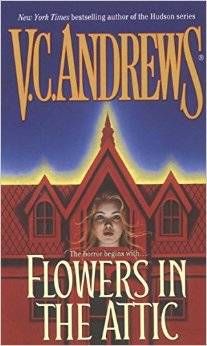 Flowers in the Attic by V.C. Andrews
Flowers in the Attic by V.C. Andrews
Though this book was technically published in 1979, its impact on children of the ’80s and ’90s cannot be understated. More soap opera than story, Flowers in the Attic tells the story of four children forced to secretly live in their abusive grandmother’s attic. Repressed sexuality, physical abuse, incest, and attempted murder, this book has it all! Andrews died from breast cancer in 1983, but her pen name was picked up by ghost writer Andrew Neiderman, who continues to write under the name to this day. While a beautiful 40th anniversary edition of Flowers in the Attic was released last year, it doesn’t stir up quite the same nostalgia as the original cover.
Honorable mention by the author: My Sweet Audrina
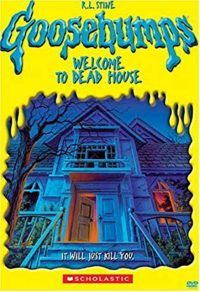 Goosebumps by R.L. Stine
Goosebumps by R.L. Stine
Another series on the ALA’s most challenged list, every kid you knew checked out one of these viscous Day-Glo covers at least once. There are a whopping 235 books in the Goosebumps universe, a ’90s TV show, and a movie starring Jack Black based on the books. Contrasted with the old-fashioned, folkloric quality of Scary Stories to Tell in the Dark, the Goosebumps series was decidedly of the moment. Stine took situations any ’90s kid could find themselves in (moving into a new house, finding an old camera), and imagined the worst case scenario. These scary books for kids are well-worth a nostalgic reread, if only for the dated pop culture references.
Honorable mention by the author: Fear Street
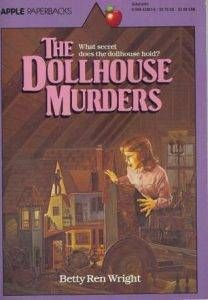 The Dollhouse Murders by Betty Ren Wright
The Dollhouse Murders by Betty Ren Wright
In the vein of Flowers in the Attic, The Dollhouse Murders is a classic gothic thriller. A girl moves into a creepy Victorian country house with her Aunt Clare and discovers sentient dolls in the attic. Through observing the dolls, the girl eventually learns of the cover-up of a terrible murder perpetrated in her family. Despite the twist literally being the title of the book, this story had me shook as a child. The 1992 film adaptation of the novel, Secrets in the Attic, is decidedly more subtle, but the proliferation of goody-two-shoes ’90s fashion takes away a lot of the creep factor.
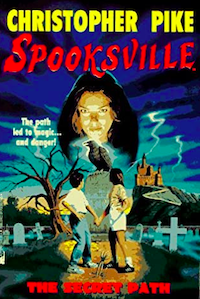 Spooksville by Christopher Pike
Spooksville by Christopher Pike
Yet another prolific children’s horror author of the ’80s and ’90s is Christopher Pike. After a few failed attempts at adult literature, Pike found his niche in young adult horror novels and ran with it. Though he continues to write, Pike’s golden age took place from approximately 1987 to 1996. The allure of Pike’s writing lay in its perfect YA-ness. Squarely PG-13, his novels flirt with ghosts, goblins, witches, and secret worlds, but they never veer into the truly obscene. Throw in some teen romance and you’ve got a recipe for digestible, fun-spooky books. The Spookesville series is a little more PG than Pike’s other works, but no less creepy.
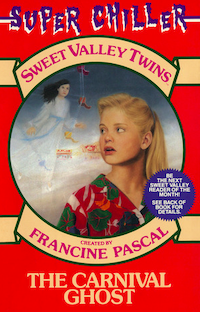 Sweet Valley Twins: Super Chillers by Francine Pascal
Sweet Valley Twins: Super Chillers by Francine Pascal
Though the teenage blondes featured in the Sweet Valley High series were known more for their mild teen antics than their run-ins with the occult, that didn’t stop Francine Pascal from cashing in on the late ’80s/early ’90s children’s horror trend with the Sweet Valley Twins: Super Chillers series. Famous Sweet Valley fans like Roxane Gay undoubtedly gobbled up these sanitized spookfests. As the perfect segue between socially acceptable books and books your friends would give you a weird look for when you admitted liking them, Super Chillers are less scary than others on this list, but no less of a cultural behemoth.
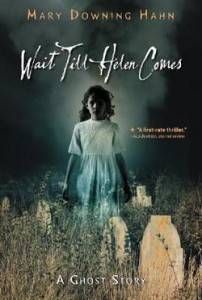 Wait Till Helen Comes by Mary Downing Hahn
Wait Till Helen Comes by Mary Downing Hahn
This book has all the hallmarks of a good ’90s ghost story. Stepsiblings! Legends! The most late ’80s/early ’90s name there was (Heather)! Thanks to the popularity of this book, more than one playground saw kids playing “Helen,” trying to lure other children to a designated “drowning pond.” Written in the skeptical tone adults use when they’re trying to sound like preteens (is that what we really sounded like at 12?), this book nevertheless won many prestigious children’s literature awards while scarring thousands of young millennials for life.
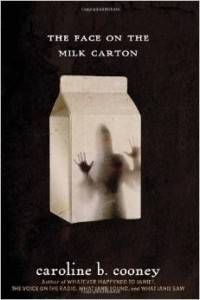 Janie Johnson Series by Caroline B. Cooney
Janie Johnson Series by Caroline B. Cooney
A final addition to the “holy crap how many books can these people churn out” list is Caroline B. Cooney. Unlike many on this list, however, Cooney has made serious forays into genres besides children’s/YA horror. The Janie Johnson series is more thriller than horror, with more nuanced themes than other other books on this list. Janie grapples with serious decisions like choosing your own identity, and finding out whom you can trust. Like Christopher Pike and V.C. Andrews (Andrew Neiderman), Cooney is still publishing away, with no fewer than three new releases so far this year.
All of these books were published in the ’80s and ’90s, but many Murderinos agreed that the Nancy Drew series, Coraline, and The Witches were a crucial part of their childhood spookfests. I hope this list inspires you to find these books at your local indie bookstore, to reread yourself or to pass on the fear to your own children! At the very least, they’ll be more afraid of you. If you’re looking for something more adult, check out these titles recommended on My Favorite Murder.









